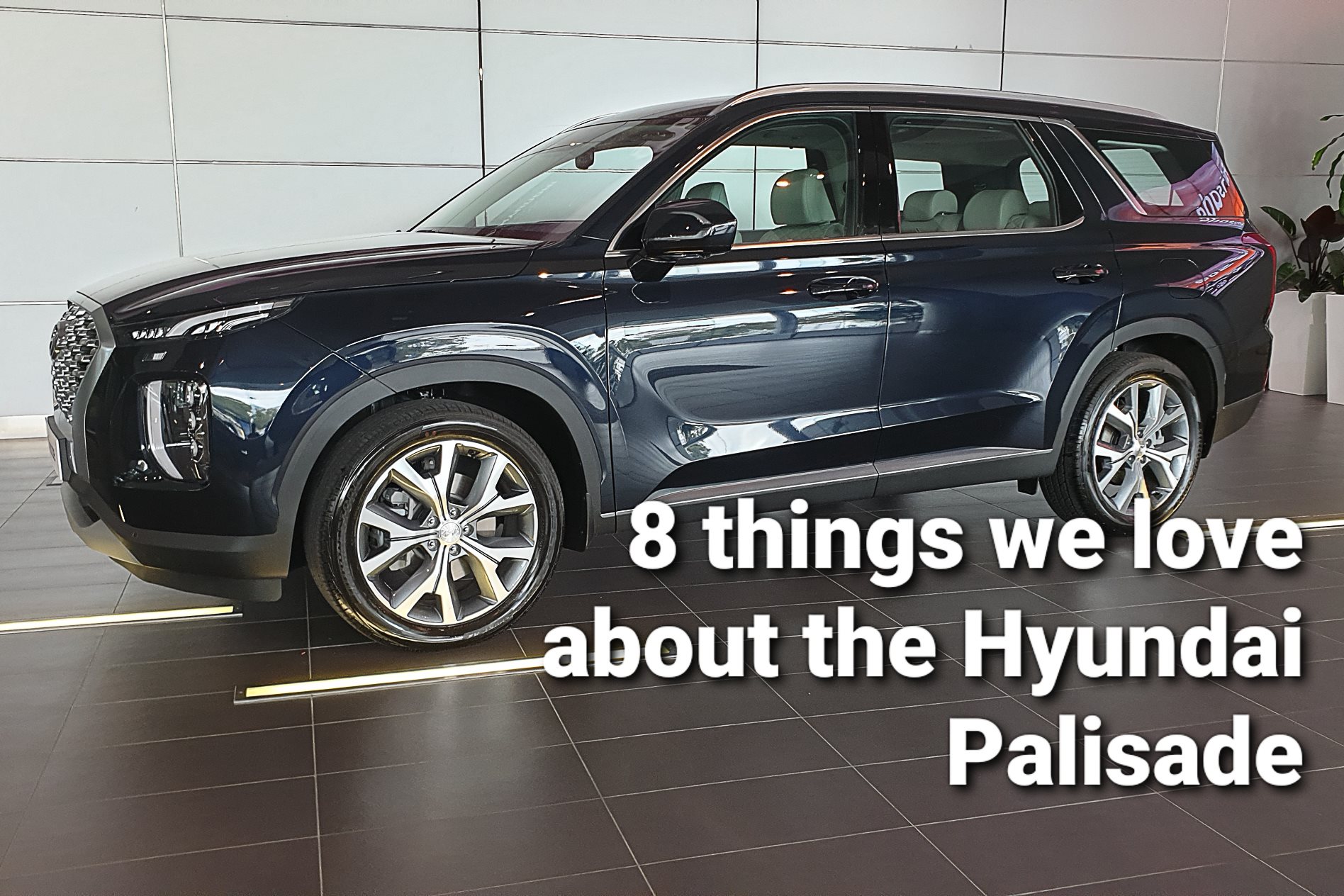
After lagging behind the SUV pack for the early part of this decade, Hyundai is making up for lost time by throwing new products into the space at a rate of knots.
With a lineup that now includes the baby Venue, small Kona, medium Tucson and large Santa Fe, the big Palisade will go up against cars like the Mazda CX-9 and Toyota Kluger as it chases private family buyers with a combination of cool tech, bold looks and (hopefully) good value.

The large Palisade will not only become the biggest SUV that Hyundai has ever sold here, but it’ll also take up a role as a flagship model for the brand.
Pricing and specs for the Palisade are yet to drop, but it’ll easily be the most expensive Hyundai on sale in Australia when it arrives next year.
Let’s have a bit of a closer look.
1) It has a V6 option
Turbocharged engines have a number of advantages for car companies. They pack a punch for their size, they can help reduce emissions – important as Euro regulations become tighter and tighter – and a surprisingly small engine can be used to move a big car.
However, the silken, silent delivery of a sizable six-cylinder is nothing to be sneezed at – and the Palisade will offer a 3.8-litre petrol-powered V6 as part of its repertoire.
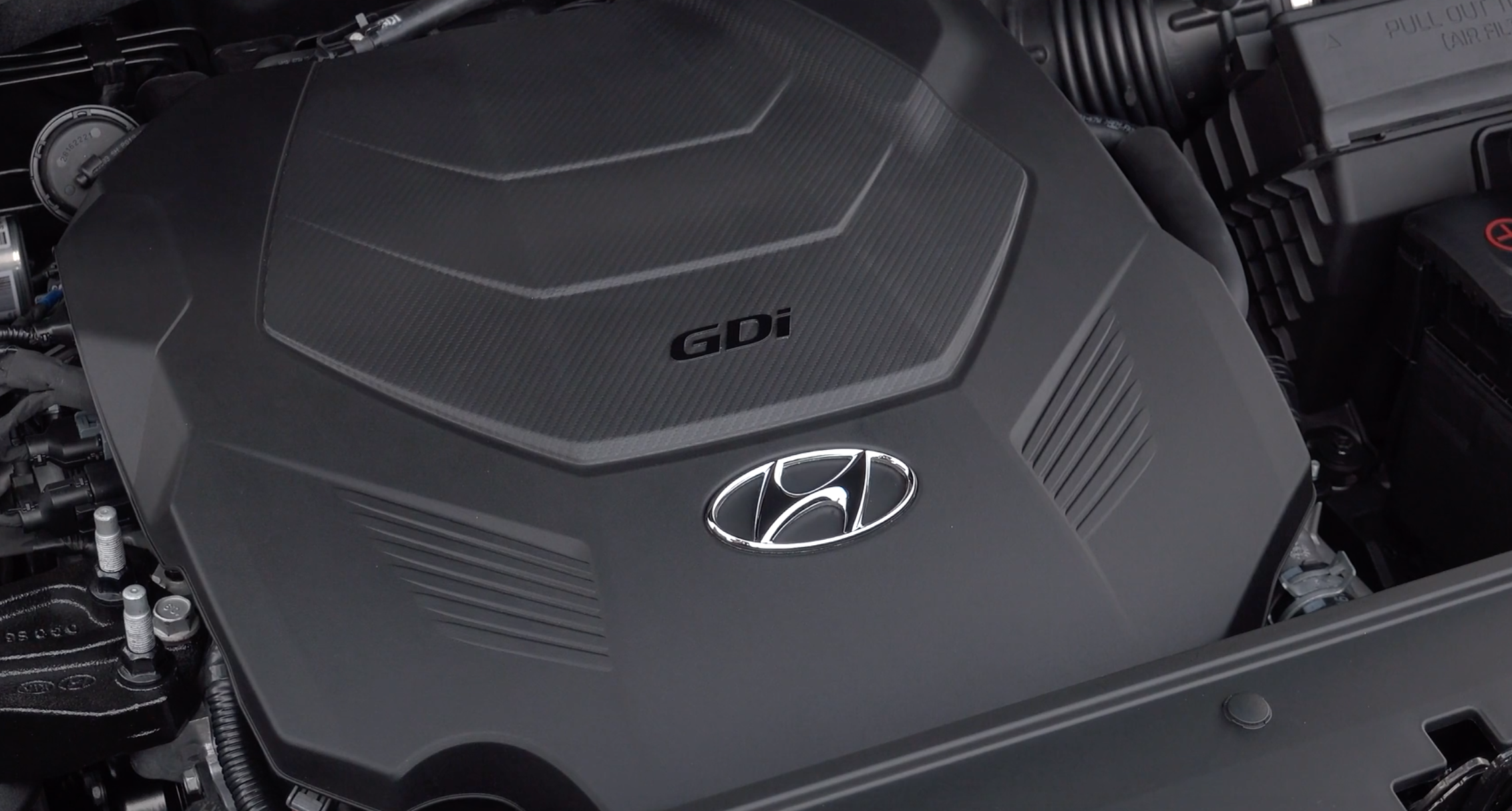
Used in the Genesis range to great effect, the all-alloy direct-injection engine will drive the front wheels via an in-house eight-speed automatic. With 213kW and 355Nm on tap, it will give the Palisade effortless oomph.
2) It has ALL of the USB ports
How many USB charging points does your car have? Is everyone constantly squabbling over one or maybe two ports? The Palisade has seven – and that doesn’t even include the 230v socket or the three cigarette lighter-style charge ports.
The centre console’s forward bin offers Apple CarPlay connectivity via a data port, while there’s a charging point under the console. Cleverly, you can pass the cable up through the bottom of the bin so you can stash your phone out of sight.
There’s another charge point in the rearward console bin, one each in the sides of the front seats for second-row passengers and yet two more in the third row.
And don’t forget the wireless charging pad for compatible phones!
3) It has a suede roof lining
I’ve never wanted to put my feet on the roof of a car more… the Palisade pictured here features a sumptuous, soft and super luxurious deep-pile suede that looks and fees a million bucks. No cream-coloured industrial cloth here, folks.
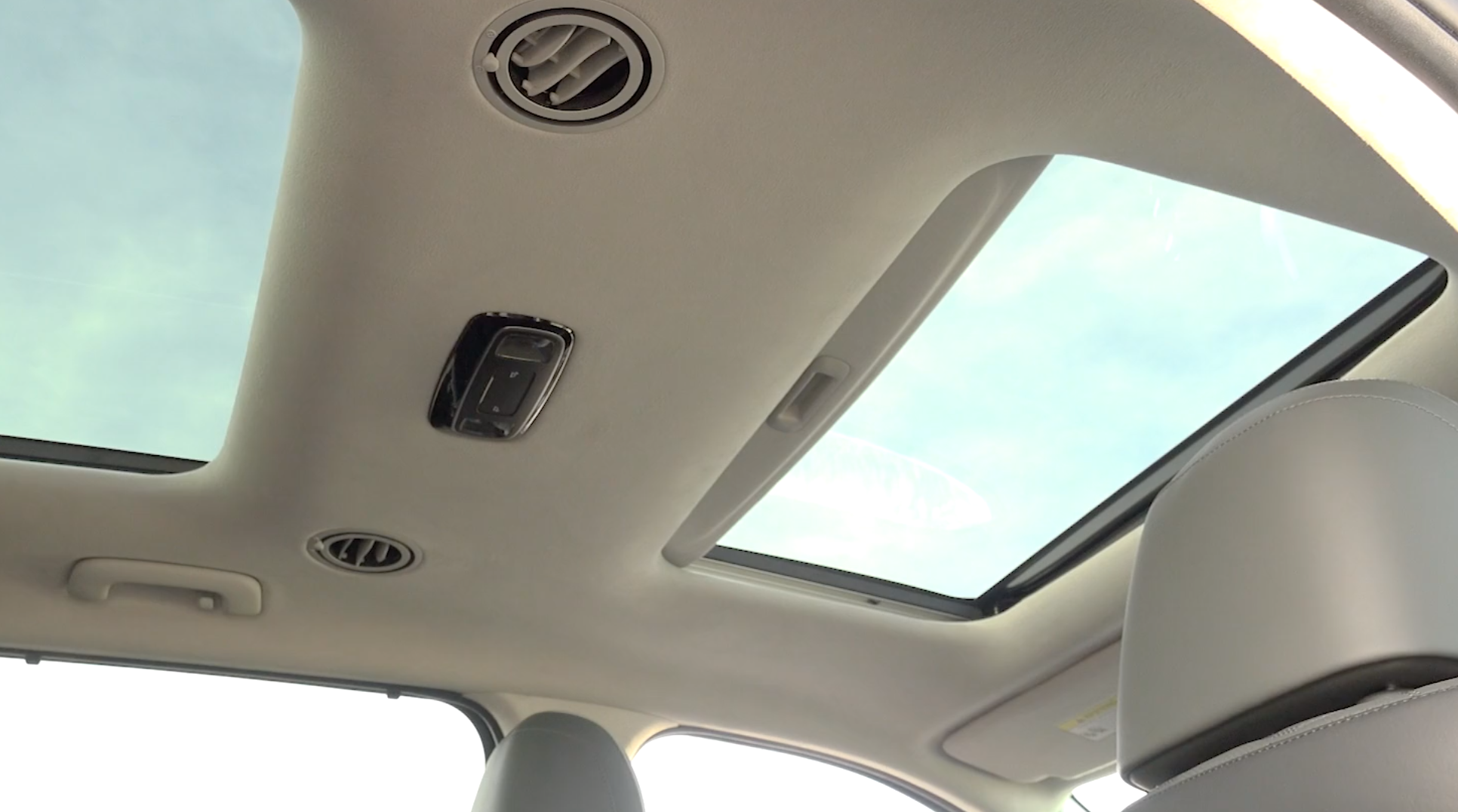
It’s one of the touches that will make the Palisade stand out in a crowded field, and it ties in perfectly with other upmarket materials like the quilted leather seat and door trim inserts.
4) It makes rearview mirrors redundant
We’ve seen rear-view camera tech before, and even this exact technology, but the Palisade brings it to a more accessible level.
When the driver indicates to change lanes (left or right), a camera mounted under the side mirror will project an image that’s twice as wide as the mirror’s field of view onto a colour screen in the centre of the dashboard.
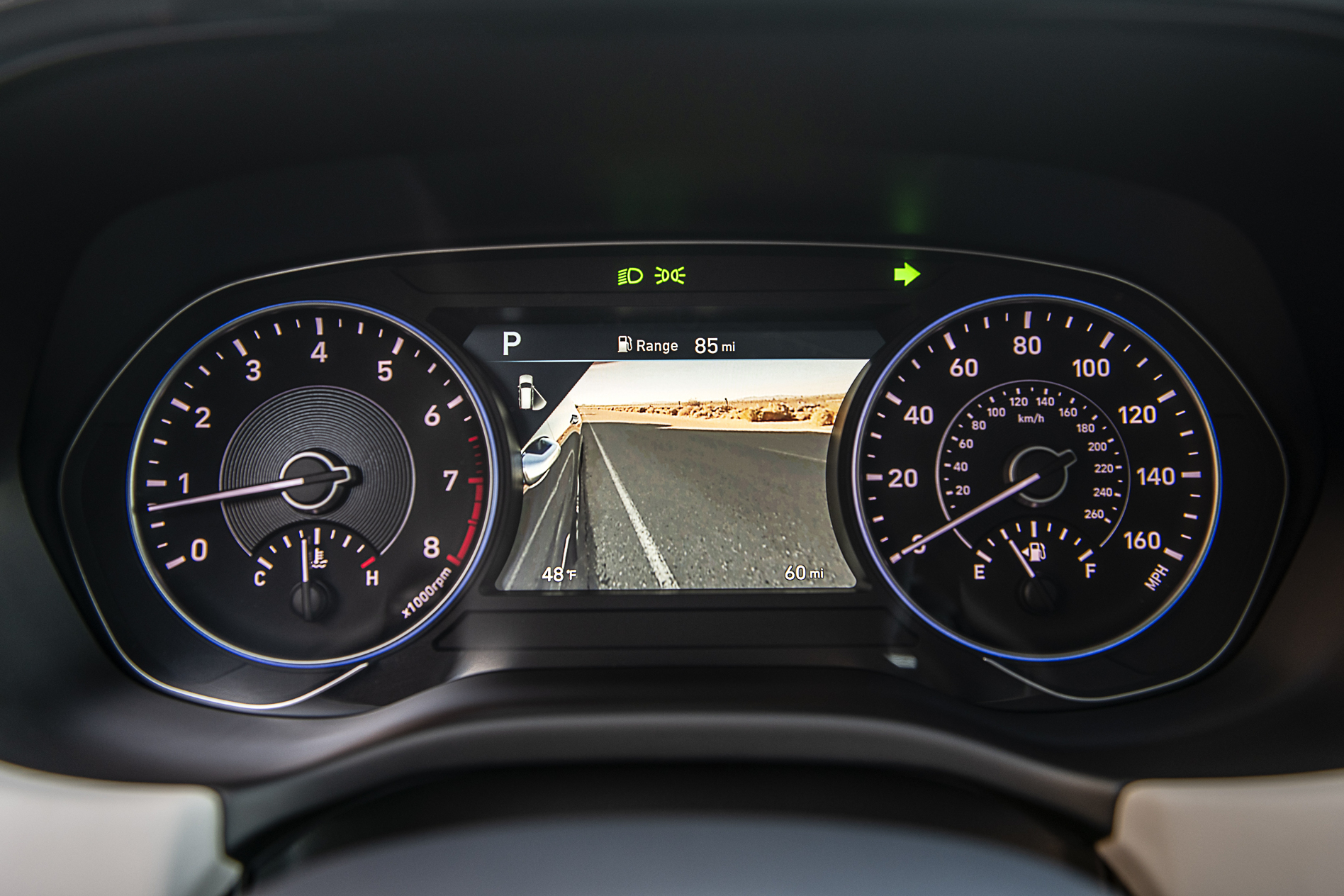
The FOV is so wide, too, that it can spot traffic two lanes over.
5) You can yell at your kids without turning around
Again, this isn’t new tech, but it’s still a sign that Hyundai took the notion of building a family car seriously.
Via a button on the centre console multimedia screen, it’s possible to activate a microphone that allows the driver’s voice to be amplified into the rearmost seats of the car.
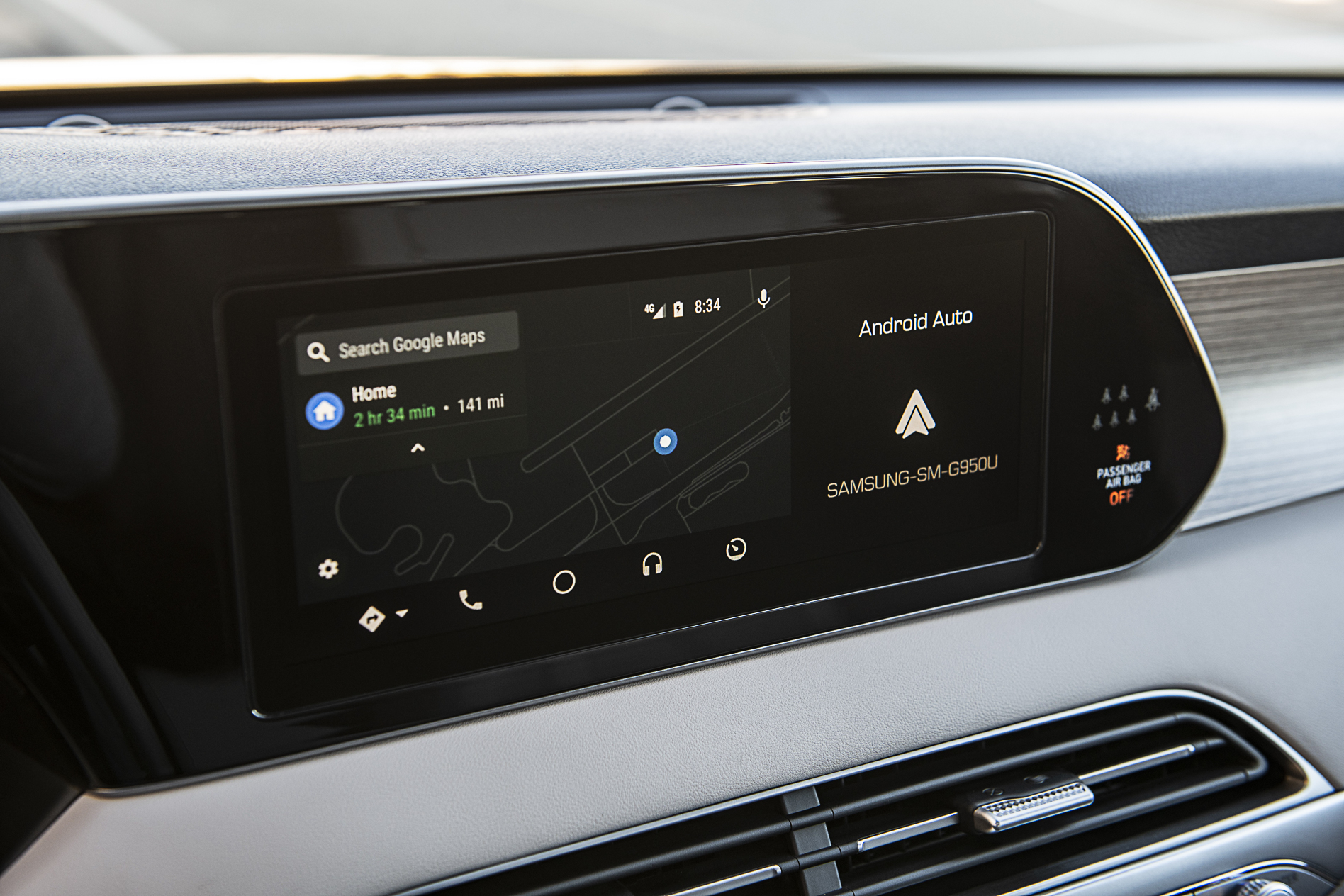
Why is this clever? It means the driver or front-seat passenger can be heard without needing to turn around in their seats to settle disputes.
The menu also allows for the rearmost speakers to be muted easily if there are kids sleeping in the back… though arguably the fader control within the stereo system does the same thing.
6) It steals stuff from Genesis
The Genesis brand is to Hyundai what Lexus is to Toyota; a luxury line-topper that shares parts and technologies both ways with its donor brand.
So it is with the Palisade, which – like the new Sonata – is festooned with small touches used in the Genesis range that serve to lift the Palisade’s general demeanour.
Take, for example, the knurled metal edges on the control dials, the aforementioned use of high-quality materials in key touchpoints and the decision to share key powertrains across the two outfits.
The Palisade could have easily been specced for Australia with Hyundai’s 3.5-litre V6, but the new 3.8-litre is a better, quieter, cleaner and stronger engine for a car that will, after all, top the Hyundai tree here in Oz.
7) It does away with a T-bar auto
If you’ve seen the Hyundai Imax Drift Bus, then you might have already seen that it does away with the traditional auto shifter in favour of a shift-by-wire system.
The Palisade has taken that notion a step further, with designers grabbing the opportunity to break with a long-held tradition to give something back.
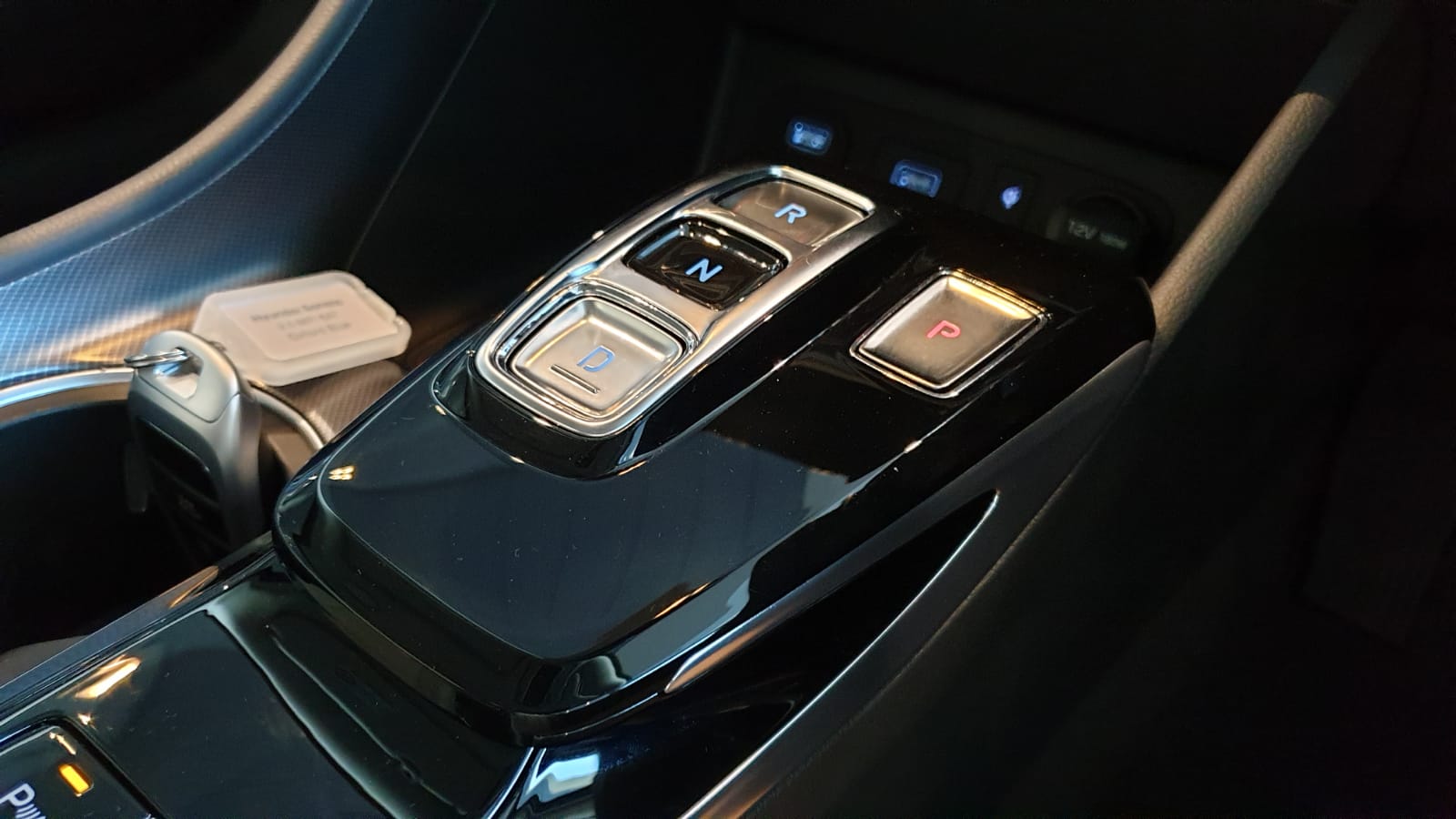
A simple array of buttons is mounted on the centre console – in reality, they could actually be mounted anywhere, given it’s just a button array and some wires.
The buttons themselves are large and easy to read, while the transmission’s brain will cover the act of turning the car off without engaging park.
The space that the deletion of the T-bar frees up is quite astonishing, with two large centre console bins complemented by a space underneath the console that’s half styling exercise and half storage extender.
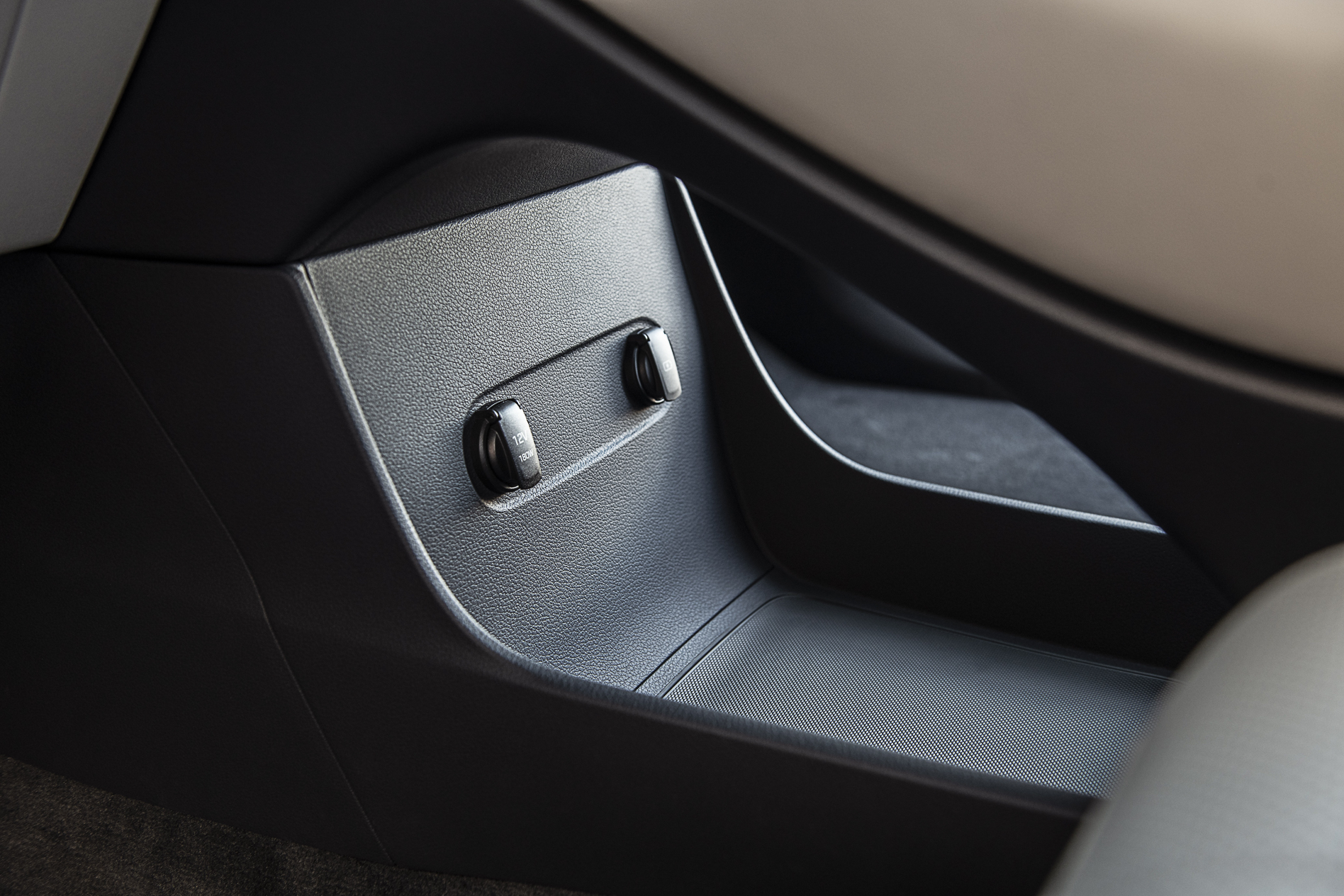
I reckon, though, that the exposed area could be better served being walled in, which would prevent errant objects placed in that lower tray from potentially falling into the driver’s footwell.
8) It already handles really well
Hyundai’s Australian product planners have helped to turn chassis engineering across the wider group on its head, thanks to a tenacious attitude towards suspension tunes for locally delivered cars… but for the Palisade, they reckon there’s nothing left to do.
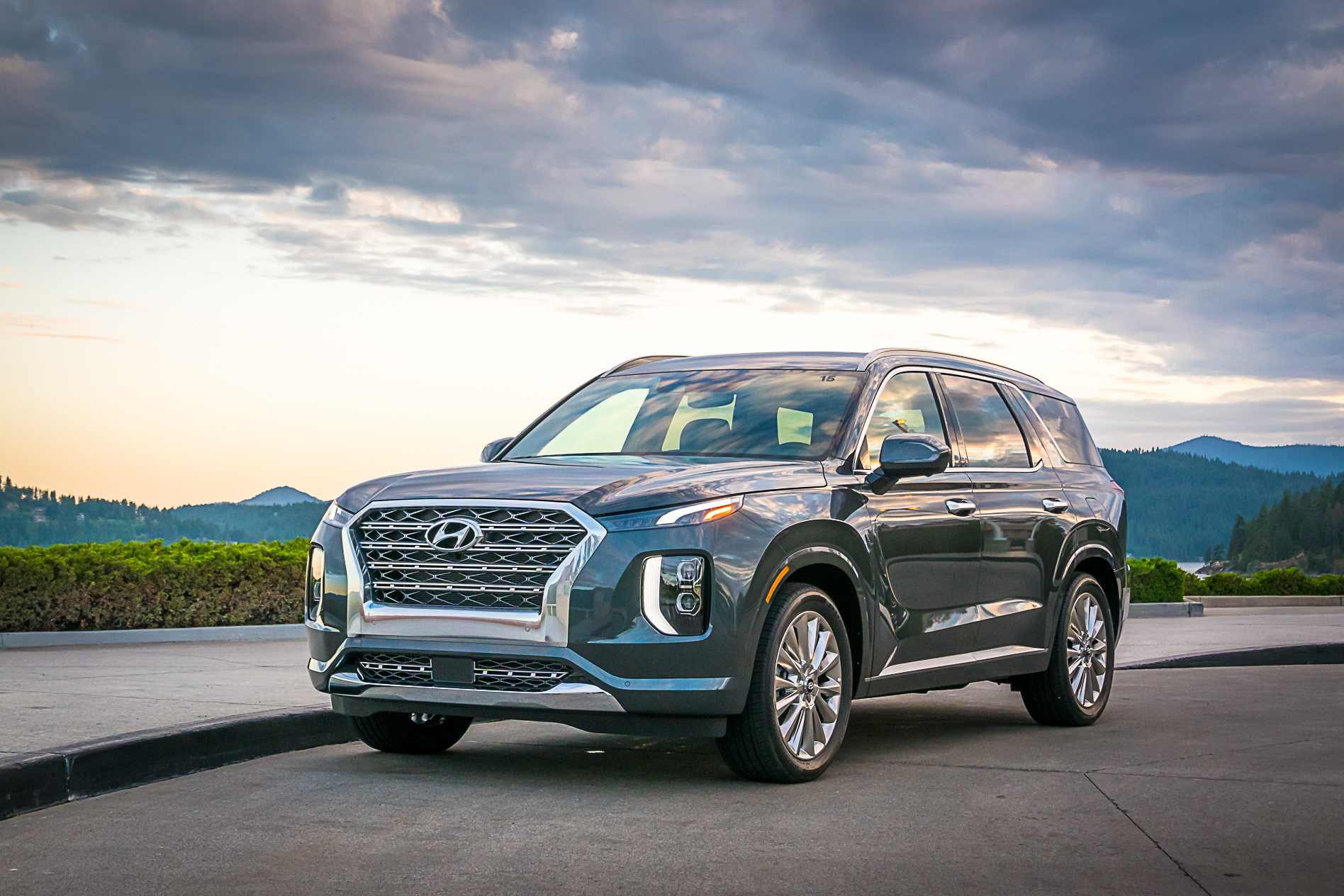
“We’re actually really impressed with the stock tune [of the springs and shocks],” one of them told WhichCar. “We might have a play with the steering tune, which we can do with software, but it’s already pretty close.”
The Palisade will come with a diesel-powered all-wheel-drive option, but in no way could it be construed as a Toyota LandCruiser rival in the off-roading stakes… but that’s not what the Palisade is about.
Bonus: The third row is genuinely impressive
Usually, we just write off the third row of seats in any car as a mere token effort that’s only meant for kids, but the Palisade’s designers have gone the extra mile to make sure that it’s more than a place to banish naughty children.
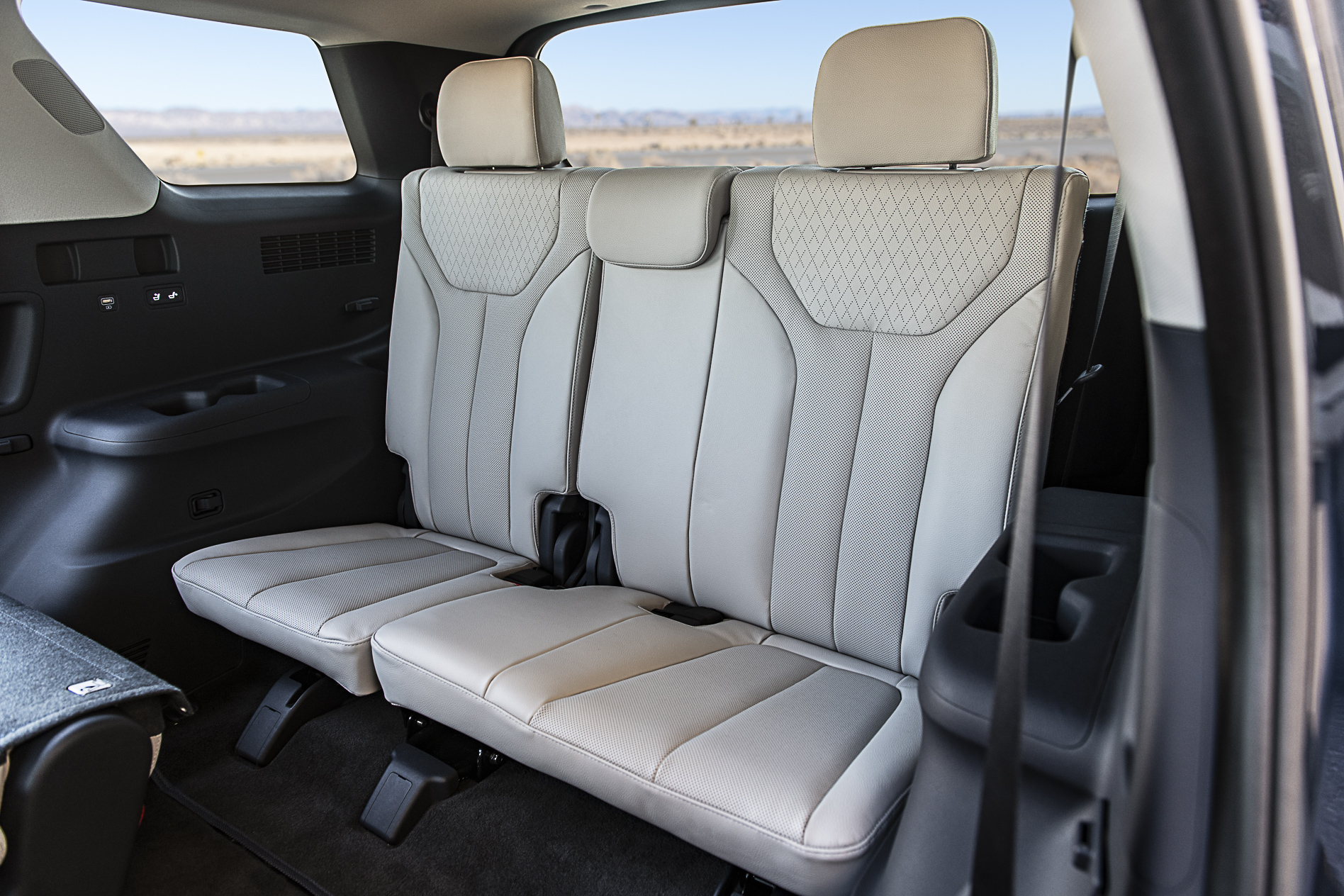
Access is made easier by having electrically operated seatbacks on the second row, which can be operated via one of two buttons. Cleverly, one of those buttons is mounted low enough for smaller humans to reach, while integrated handles also make life easy for those climbing in.
Once in there, the headlining is scalloped upwards to provide as many millimetres of headroom clearance as possible, while the seatbacks themselves can be reclined electrically by the occupant.
Throw in USB points, cupholders, full-length curtain airbags and even a third ISOFIX baby seat mount to complement the two on the second row, and the rearmost seats in the Palisade are ready for action.



